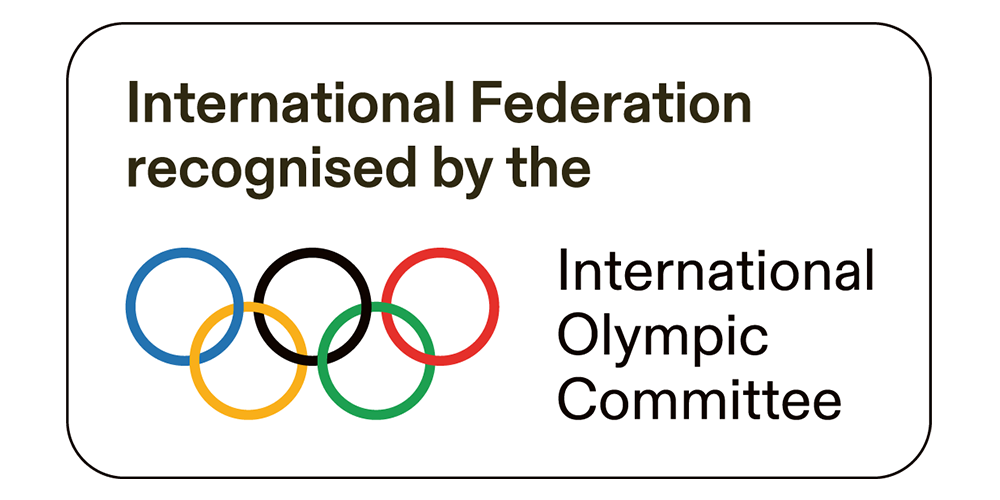- Home
- Rules & regulations
- Anti-doping
- Athletes’ anti-doping rights act
The WBF has received the information herein from WADA:
The World Anti-Doping Agency (WADA) is pleased to publish, in English and French, the final designed version of the Athletes’ Anti-Doping Rights Act (Act), which WADA’s Athlete Committee developed over two and half years in consultation with thousands of athletes and stakeholders worldwide.
The purpose of the Act, which is based on the 2021 World Anti-Doping Code (Code) and its related International Standards that take effect on 1 January 2021, is to ensure that the rights of all athletes worldwide to participate in doping-free sport are clearly set out, accessible, and universally applicable. The document was approved by WADA’s Executive Committee on 7 November 2019 during the World Conference on Doping in Sport in Katowice, Poland.
Developed by athletes, for athletes, the Act provides an outline of rights provided by the 2021 Code and International Standards in terms of equality of opportunity, fair testing programs, medical treatment, justice, accountability, education, data protection and more. It also makes recommendations around athletes’ rights to be part of a system that is free from corruption, that they are appropriately represented in terms of governance and decision-making, and that they have a right to legal aid.
WADA Athlete Committee Chair Ben Sandford said: “We are incredibly grateful to all the athletes and other stakeholders who contributed to developing the Athletes’ Anti-Doping Rights Act. It is vital that athletes and anti-doping organizations know what rights athletes have, how to access them, and where to go for remedy. We hope that the Act will become a valuable resource for athletes and contribute to making sport cleaner and fairer. We call upon the anti-doping community worldwide to support its implementation and its promise.”
WADA President Witold Bańka, who is a former international-level 400m runner, said: “WADA is an athlete-centered organization and everything that we do is to protect athletes’ right to access Clean Sport. I applaud the Athlete Committee’s efforts in developing the Anti-Doping Rights Act, which helps ensure that athletes are aware of their rights and can exercise them, which is vital to the success of Clean Sport.”
This Act is made up of two parts. Part one sets out rights that are found in the Code and International Standards. Part two sets out recommended athlete rights, which are not found in the Code or Standards but are rights that athletes recommend that anti-doping organizations adopt for best practice.

